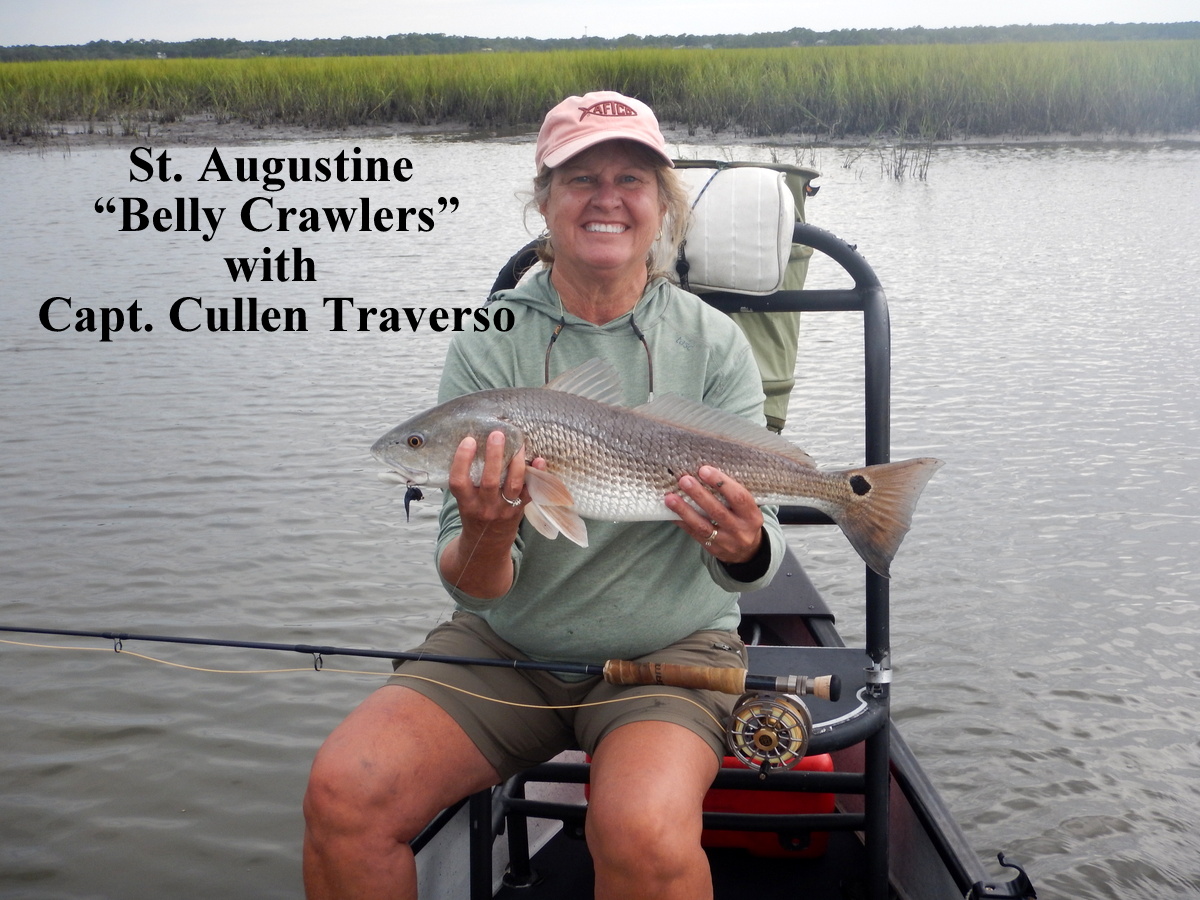On The Fly Freshwater
No, we’re not talking about canoeing or kayaking. Rather, let’s go hiking to some good trout fishing on the Palmetto State’s Whitewater River.
Article and photos by Jimmy Jacobs
April 2021
South Carolina’s section of the Whitewater River presents a bit of a dichotomy. Although it is a back-country fishing destination, it is visited by a lot of people. And while the valley does see plenty of visitors, relatively few are actually anglers.
The Whitewater River rises just south of the Wade Hampton Golf Course near Cashiers, North Carolina. From there it flows south, dropping over 400-foot Upper Whitewater Falls, to then enter the Palmetto State. A bit more than a mile farther along the river leaps over another 400-foot drop at Lower Whitewater Falls and then travels another mile to Lake Jocassee. The portion from the North Carolina border down to the Lower Falls provides South Carolina anglers the opportunity to tangle with some wild trout in a remote setting.

Lower Whitwater Falls on the South Carolina portion of the river.
The presence of the twin cascades on the Whitewater River is the main reason the valley sees heavy visitation. Sightseers flock to the valley via the Foothills Trail to admire the waterfalls, which are the highest in the eastern United States. For serious hikers and backpackers walking the 77-mile Foothills pathway from Oconee State Park to Table Rock State Park, the trek along the river is but one of the highlights of the upstate trail.
The entire length of the Whitewater River in South Carolina is contained in the Jocassee Gorges Project, making it open to public use. It is a rugged area and the river lies on the edge of the most remote portion of the state.
For trout fishermen, the Whitewater river is the attraction to the area. For its high mountain location, the stream’s course between waterfalls is surprisingly level as it flows down the valley. There are, however, plenty of deep pools and runs along this stretch of the freestone stream.

Targeting a pool at the foot of a shoal on the Whitewater.
The river averages about 30 to 40 feet wide in most places, making it one of the state’s larger mountain trout streams. For the most part it is open enough to allow plenty of casting room. Be aware, however, that along most of this course the wading is not particularly easy. Rather than gravel beds or flat rocks, much of the stream bed is composed of slick, bowling ball sized rocks that offer only precarious footing. You’ll likely find that a day of wading the Whitewater will wear you out more than many other streams in the region.
The river contains a population of wild and semi-wild rainbow and brown trout, but like many Southern trout steams the water has a low pH level, making it rather infertile. Although there is natural reproduction of fish in the river, the South Carolina Department of Natural Resources does periodic stockings of fingerling browns and rainbows in the river. Those releases ordinarily take place in October or November. By the time those trout reach catchable sizes, they look and act like wild fish.

The average size of trout caught on the Whitewater is going to be in the 6-to 10-inch range, though bigger ones turn up.
The Whitewater is managed as a wild-trout stream, which entails the use of only artificial lures. That, plus the lack of stockings of catchable-sized fish and the required hike to reach the water, keeps the angling pressure here rather low. Anglers are allowed to harvest five trout per day, with no size limits.
Getting to the Whitewater River requires a hike of just more than a half-mile along the access path to the Foothills Trail. The walk begins at the parking area in the Duke Energy’s Bad Creek Pump Storage Project. That site can be reached via State Route 130 to the north of the village of Salem. The project has an automated gate that open to allow entering during daylight hours. It will open to allow you to exit at any time. Follow the signs to the parking lot for the Foothills Trail once inside.\

The trail to the river presents fairly easy walking, though it does cross one small ridge. Once at the foot bridge over the river, the Coon Branch Trail runs upstream on the western shore, while the Foothills Trail follows the eastern side upstream. Downstream of the bridge, fishermen’s trails offer access.
There also are directional signs at the trail junction at the river crossing. One of those is for a side trial running to a viewing platform overlooking the Lower Falls. However, it is a 1.7-mile path and offers no access to the river.





